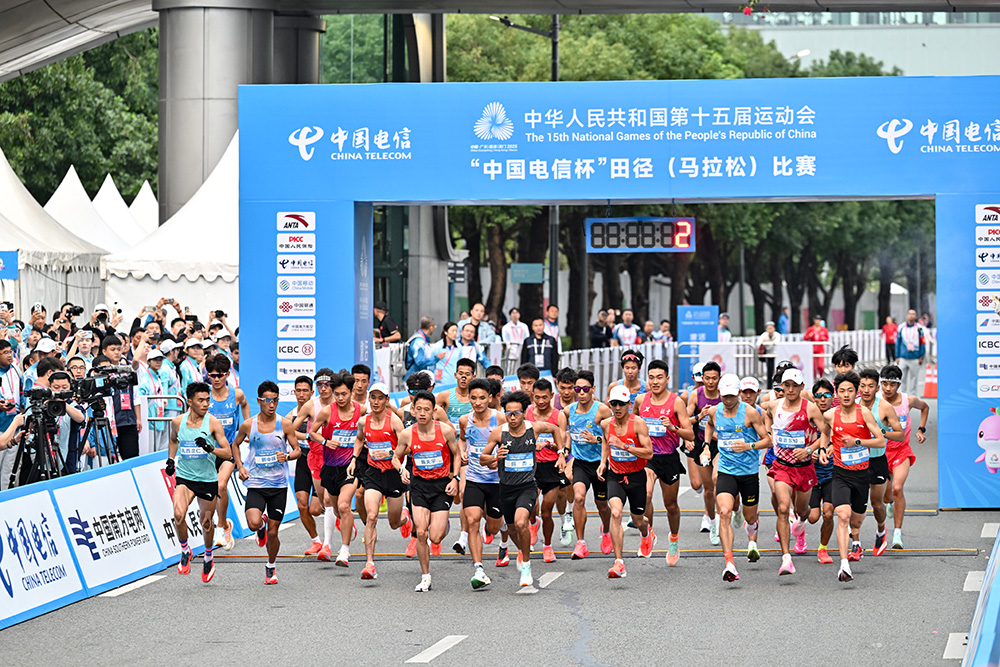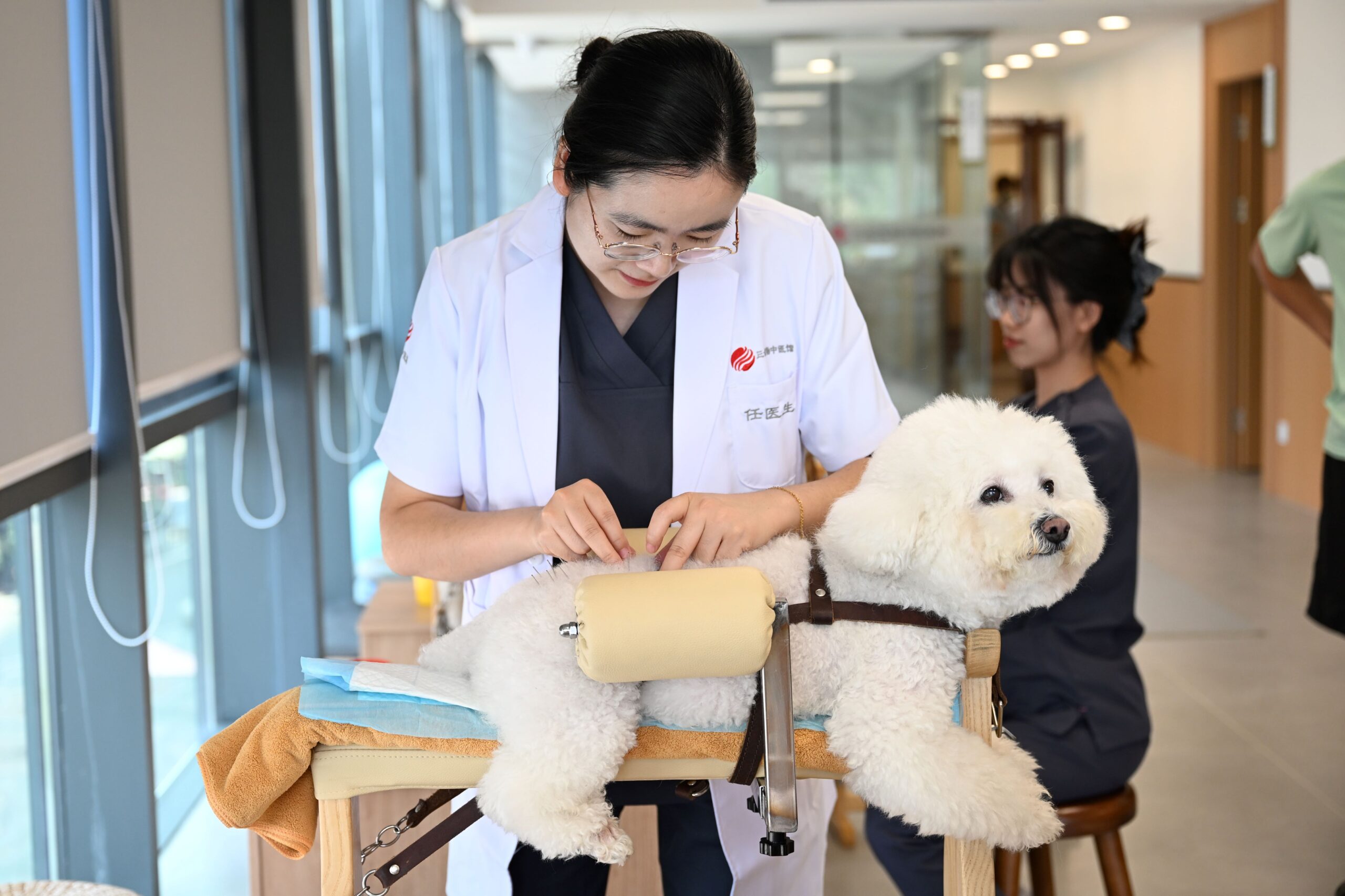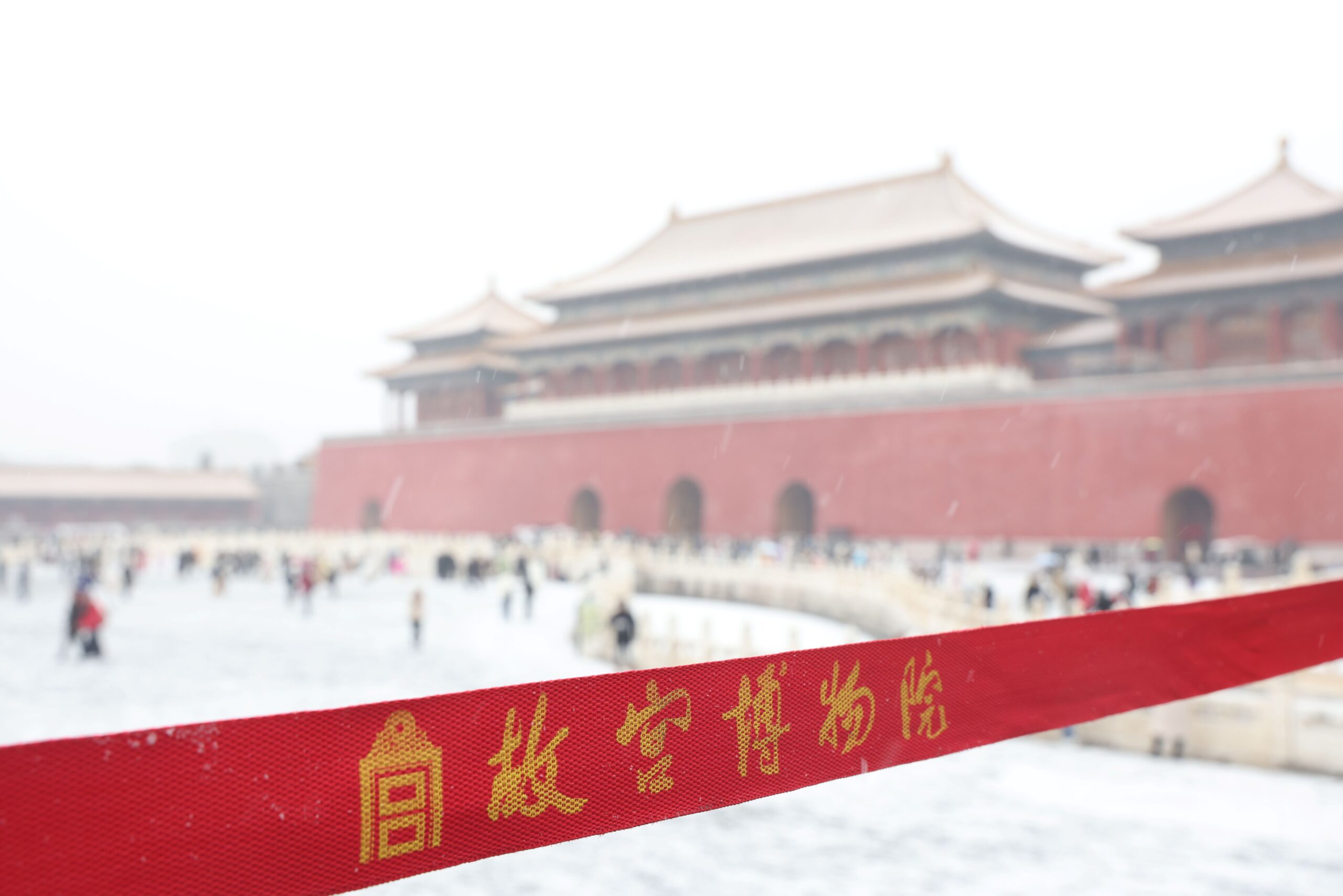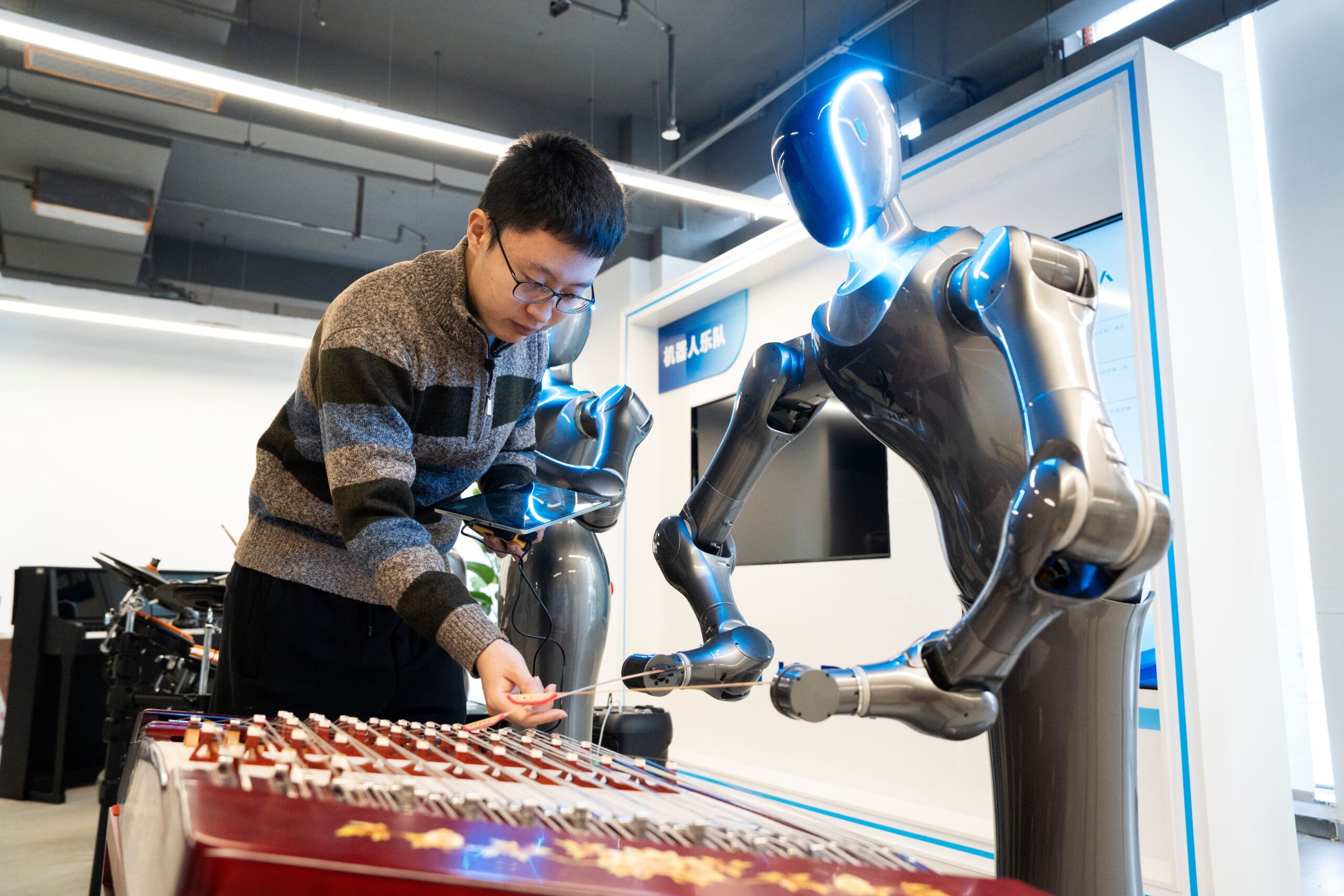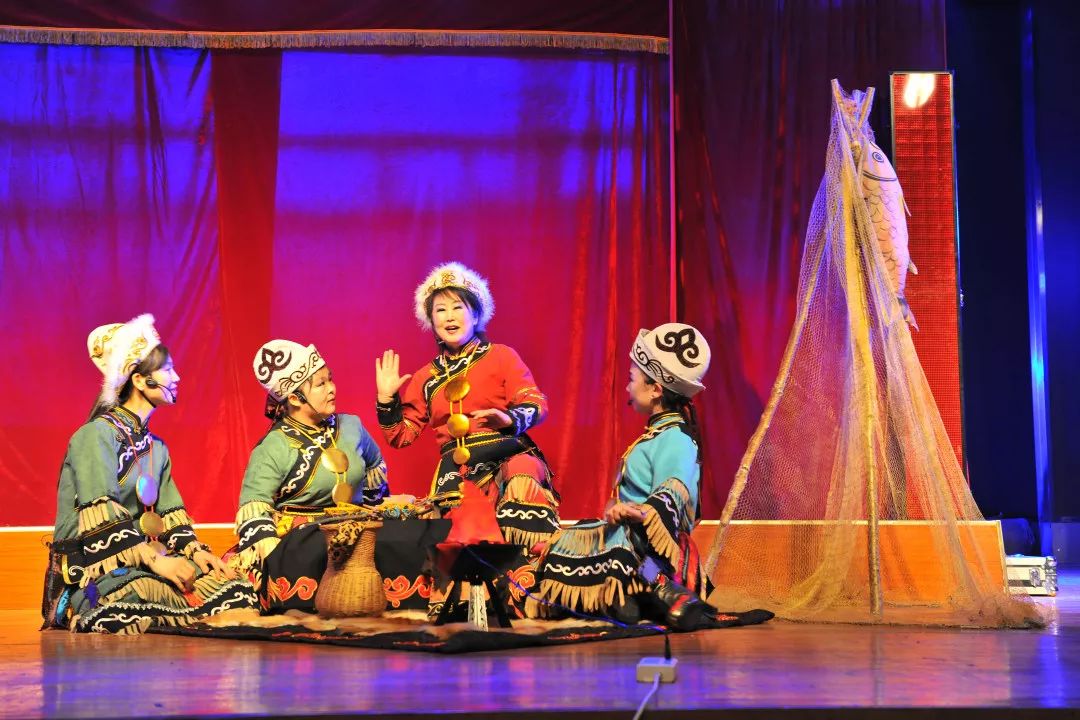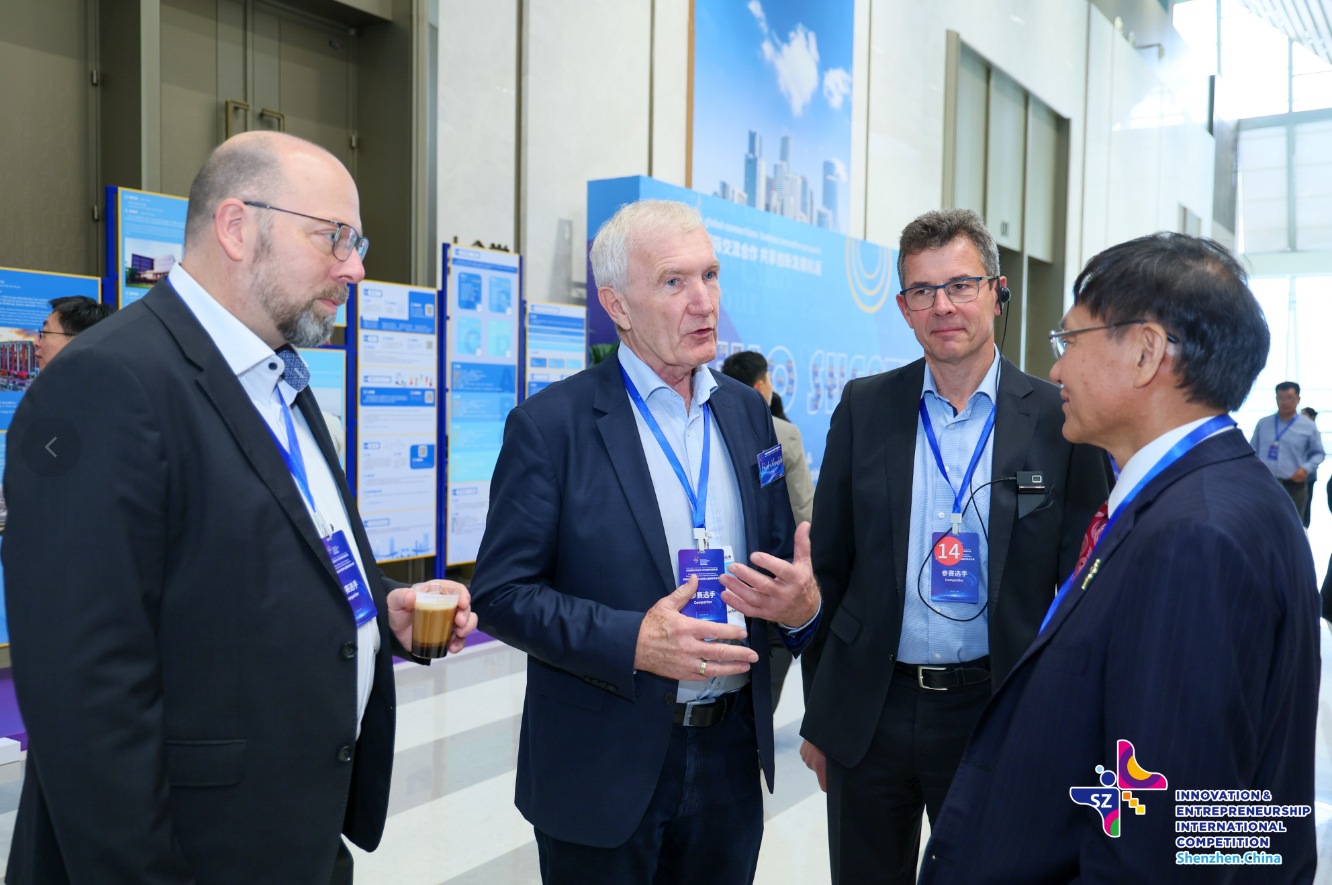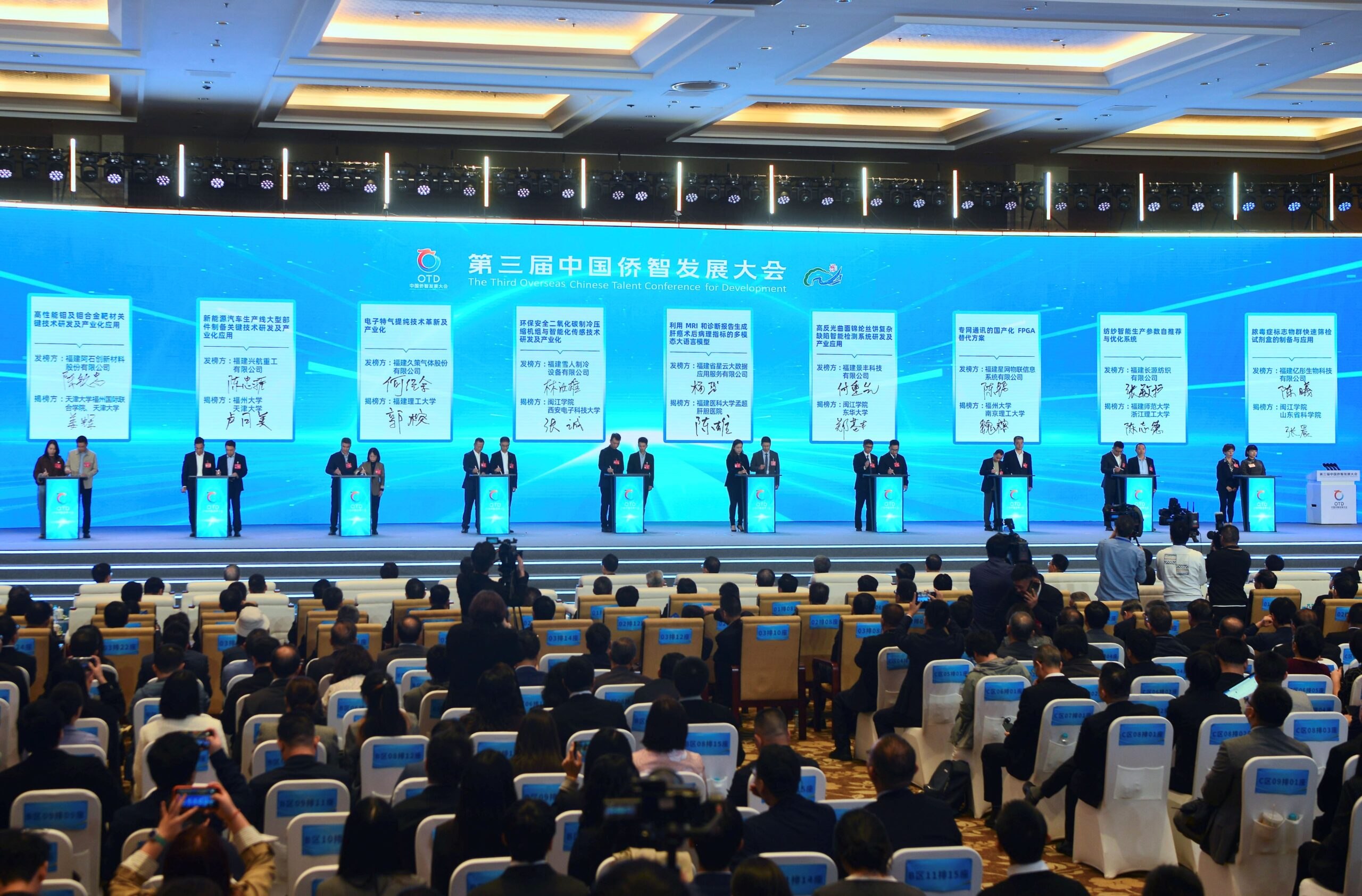First-ever cross-boundary marathon was held on November 15th in China’s National Games, which showed how integrated the Guangdong-Hong Kong-Macao Greater Bay Area has become.
In the games, both the men’s and women’s races were run on a course spanning Shenzhen in Guangdong Province and Hong Kong. In the men’s race, China’s national record holder He Jie of Ningxia held the lead to finish in 2:12:07.
After twice improving the national marathon record, which currently stands at 2:06:57, He did not hide his ambition to break it again. “My next goal is to break the 2:06:00 barrier. That’s the dream for me and my coach,” he said.
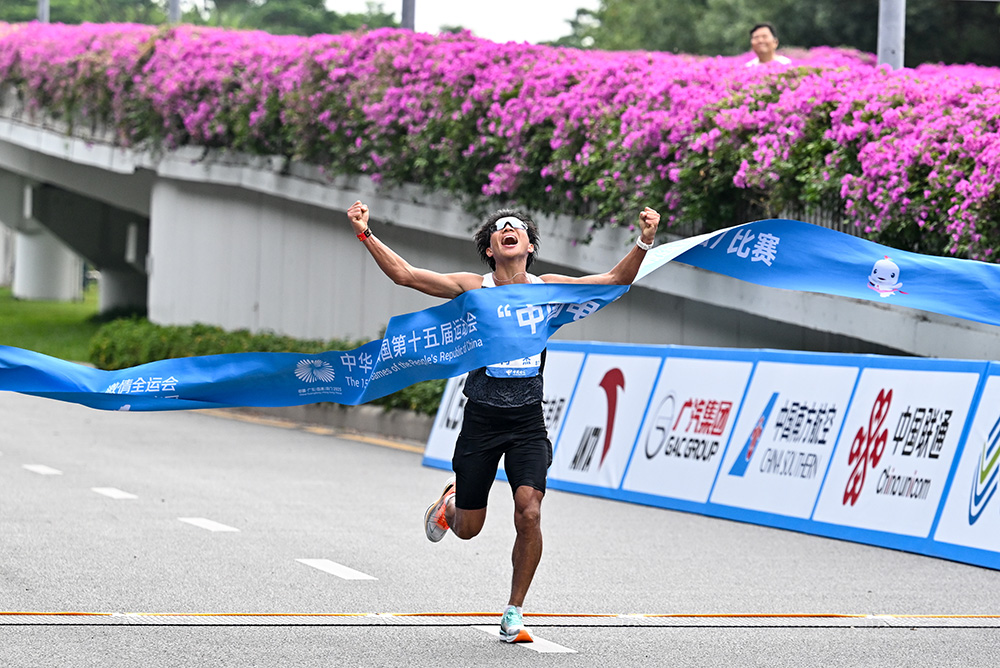
In the women’s race, defending champion Zhang Deshun of Yunnan broke away from a three-runner leading pack and finished in 2:30:20, holding off her rivals by five seconds.
A total of 71 athletes competed, including five from Hong Kong and one from Macao.
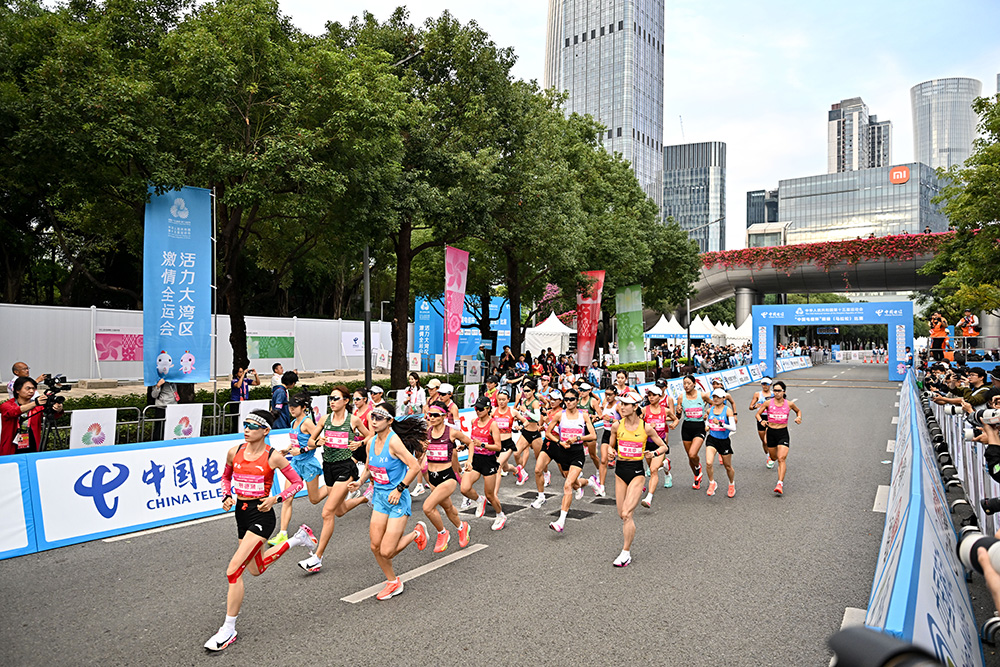
Zero Contact And Zero Delay
Cross-boundary was undoubtedly the highlight of this marathon.
The marathon’s starting point and finish line were the Shenzhen Bay Sports Centre. Runners entered Hong Kong through the Shenzhen Bay Port, crossed the Shenzhen Bay Bridge and Kong Sham Western Highway Viaduct, and then turned back and returned to Shenzhen through the same route.
Kuang Bing, deputy executive director of the Executive Committee for the Shenzhen Competition Zone of the 15th National Games, said that RFID readers connected to the Beidou Navigation Satellite System have been installed at checkpoints to instantly verify registered athletes’ names and other details, which are stored in the tagged wristbands.
The system ensures zero contact and zero delay, he said. “We’ve introduced smart customs clearance, ensuring athletes experience no waiting time at Shenzhen Bay checkpoints. Also, we have adopted a preclearance and closed-loop arrangement throughout the event.”
“I’ve never taken part in a cross-boundary marathon before, and my first impression was that all the infrastructure, including the cross-sea bridge, is so nice. I’ve travelled around the world to run marathons, but the design and the infrastructure of the course here is hard to beat,” said He Jie.
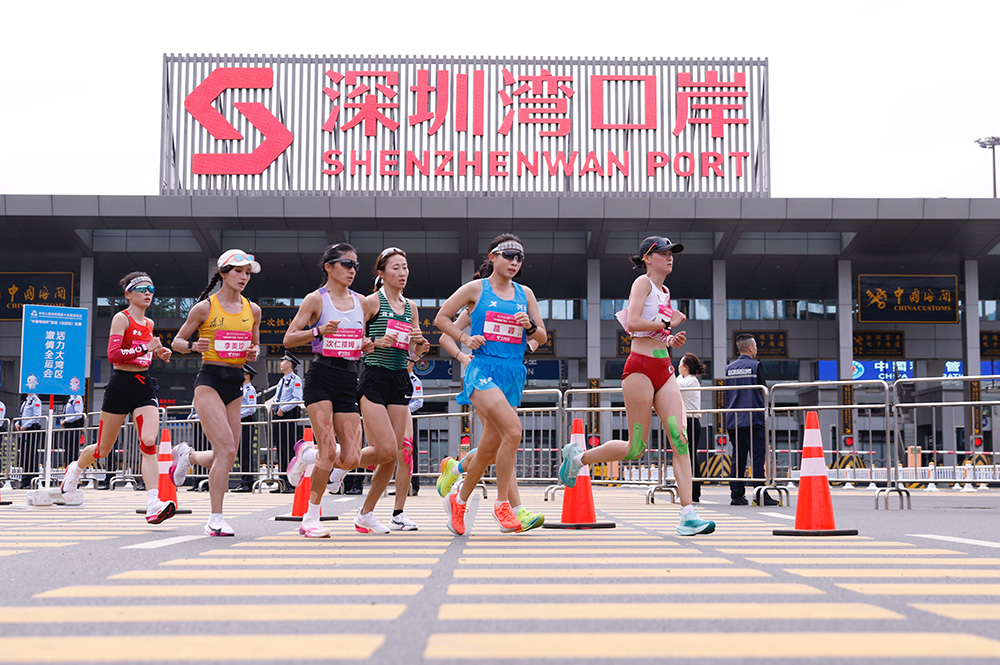
Exchanges Among Athletes Advanced
With connectivity in the Greater Bay Area significantly enhanced in recent years, exchanges among athletes have also advanced, said Lam Wing-cheung, an athlete from Hong Kong. “I often train with athletes from Macao and take part in marathons held on the Chinese mainland, which have helped to improve my performance.”
Leanne Szeto from Hong Kong, who finished 27th in the women’s marathon, said she hopes that more cross-boundary races are held in the Greater Bay Area in the future.
“When I was a child, going to Shenzhen with my parents meant waiting in long lines, but now we can just use gates equipped with facial recognition technology. Also, I never imagined that one day I would be able to run back and forth between Shenzhen and Hong Kong,” she said.
Written by Yetao Gu, additional reporting by Xinhua and Ecns.
If you liked this article, why not read: Rising Swimming Star Yu Zidi Sets New Asian Record at China’s National Games

